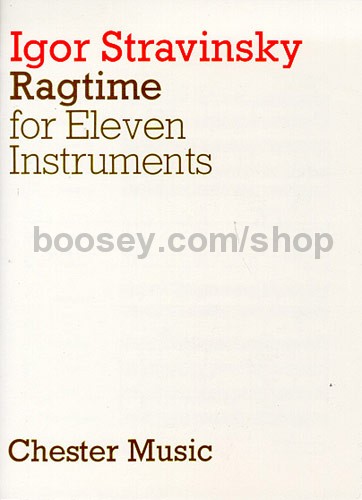

He spent most of his time in Paris, where his artistic career grew exponentially.

Interested in Picasso’s other drawings? Discover Picasso’s love of birds and his famous drawings and paintings, including the iconic Dove of Peace.ĭespite growing up in Barcelona, Picasso eventually moved to Paris, the art capital of Europe at that time, to pursue his craft. Picasso devoted his life to the arts and produced works in paintings, drawings, sculptures, printmaking, and writing. His unique Cubism art style and abstract paintings caught people’s attention, making him known for his works. Picasso, a Spanish artist who became recognized worldwide, produced more than 50,000 works of art during his lifetime. This event led him to commission Stravinsky for the summer season of Ballet Russes in Paris, which Diaghilev also owned. At that time, art critic and ballet impresario Sergei Diaghilev watched his performance and was immediately impressed. When Stravinsky’s mentor died in 1908, he performed an orchestral piece titled “Scherzo fantastique” at a concert in St. He became Stravinsky’s mentor, helped him with the new music he produced, and provided suggestions to help him improve. Korsakov offered him private lessons in harmony and counterpoint. Stravinsky studied under the famous composer Nikolai Rimsky-Korsakov. He is buried in Venice.Photo of composer Igor Stravinsky from 1910. Having moved to Los Angeles in 1940, he became a citizen of the USA in 1945. soul) for a book predicting future stock prices (especially in the arms industry) his rise to riches and the triumph of evil are reflections of the times.īetween 19, Stravinsky lived in France, though he left Europe before the outbreak of the Second World War. L’Histoire du soldat puts an orchestra of only seven on stage as part of the scene the rhythmically enunciating narrator is simultaneously the commentator in this adaptation of the fairy-tale of the soldier, the princess, and the ultimately triumphant devil and has the first percussion solo in music history. His use of the techniques of Verfremdung (alienation), so influential in the theatre of Bertolt Brecht (1898-1956), culminated in the cooperation with the poet Charles-Ferdinand Ramuz (1878-1947). The stylised adaptations from these but also from many other different genres of popular music in this phase were outshone by the technical virtuosity of composition in the Ragtime of L’histoire du soldat (1918), the Ragtime for 11 instruments (1918), and Piano Rag Music (1919). The friendship of the Swiss conductor Ernest Ansermet (1883-1969) is of importance to music history, not least because he brought back a collection of ragtime dances for Stravinsky from the USA. Moreover, circumstances forced him to score for smaller instrumentation suitable to the available production conditions Les noces (1914-23) and Renard (1914-15) deserve special mention. Petersburg, who had taught him German and whom he loved like a mother, out of war-torn Germany and into Switzerland, where she died in Morges in 1917.Įven before the war, Stravinsky had planned to reduce the hypertrophied aesthetics of pre-war compositions. He managed to get his German nanny from St. In 1917 he met Pablo Picasso (1881-1973) in both Rome and Naples. Still, trips to Paris and travels to Spain and Italy were possible.

He was exempted from Russian service his brother Gury Stravinsky (1884-1917) died at the front in 1917.Ĭut off both from his financial resources in Russia and from all chances to have his grand, elaborate works produced, Stravinsky faced significant financial problems that increased after the Russian Revolution. Shuttling between France, Russia, and Switzerland, Stravinsky chose the village of Clarens in Montreux for the family home in 1914, and from 1915 lived in Morges near Lausanne in the francophone part of Switzerland, a safe exile-like haven during the war. (Although the latter ballet was planned as “Pictures from Pagan Russia” with historical and ethnological correctness as early as 1910, some authors suggest an aesthetic anticipating the horrors of World War I). The Parisian world premiere was successful and was followed by successful premiers of Pétrouchka (staged throughout Europe in 1910-11) and Le Sacre du printemps (1912-13). Petersburg to work on a project of international importance the director of the Ballets Russes, Sergei Diaghilev (1872-1929), had commissioned him to compose the ballet L’Oiseau de feu. Petersburg, was a student of the famous Russian composer and music theorist Nikolai Rimsky-Korsakov (1844-1908). Igor Stravinsky (1882-1971), the third son of Fyodor Stravinsky (1843-1902), principal bass at the Mariinsky Theatre in St.


 0 kommentar(er)
0 kommentar(er)
